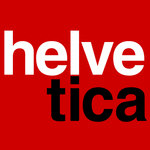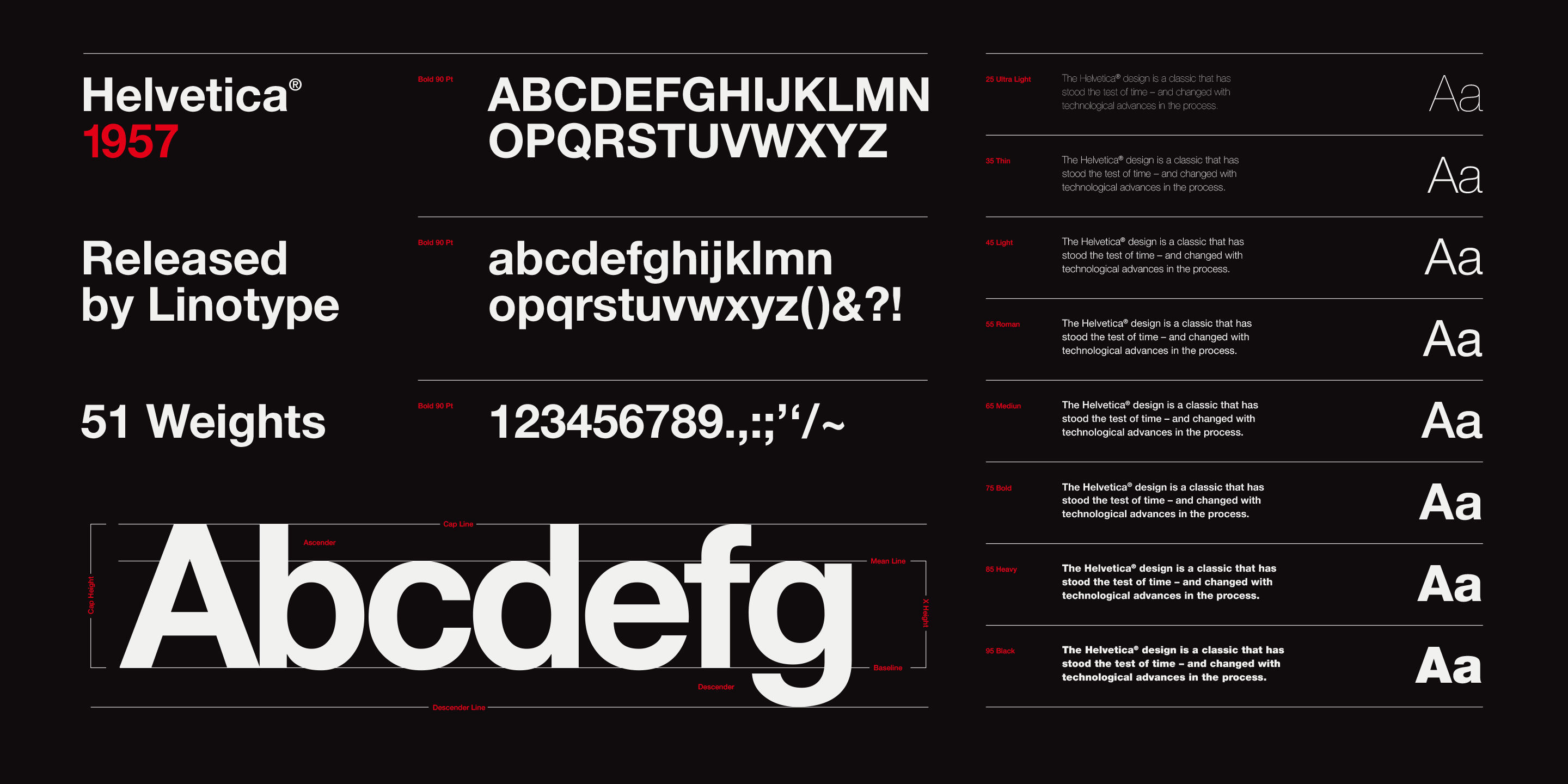

Purists have sought to reinstate the original Neue Haas Grotesk, restoring almost imperceptible details lost in Helvetica's digital format. Talk to a graphic designer today and they will often admit an intense dislike of Helvetica.

Besides which, many of the qualities Helvetica was once associated with aren't quite as enthralling as they were: corporate dominance, machine-like indifference, bland conformity, American Apparel ads. Photograph: Mario Anzuoni/REUTERSīut is its reign drawing to a close? Helvetica is now so ubiquitous, it barely says anything any more. The font itself said as much as what was written in it – which, pretty soon, was everything.Īmerican Apparel has also adopted the typeface for its corporate identity. In 1960s America, the new discipline of corporate identity consultancy used Helvetica like a high-pressure hose, blasting away the preceding decades of cursive scripts, pictorial logos, excitable exclamation marks and general typographical chaos, and leaving in its place a world of cool, factual understatement. Parker describes it as "a landslide waiting to go down the mountain". Parker is estimated to have popularised over 1,000 of them but Helvetica was the one that took off. The company's Linotype machines were the industry standard in news and book printing, and they supplied the typefaces. The place was the Mergenthaler Linotype Company of the US, where he became director in 1961. Parker, a British-born American, was in the right place at the the right time to smooth its serif-free passage to global dominion. The modern lines of the font are used by airlines such as American and Lufthansa. Now we were in the modern, industrial era where fast, clear communication was key. Just as modernist architecture stripped away superfluous building ornamentation, so the new Swiss typography snipped off the frivolous serifs – relics from an older era of print technology, namely stone carving. It was developed in 1956 by Max Miedinger and Eduard Hoffman, very much in sympathy with the new Swiss Style – which treated graphic design almost as a postwar utopian mission. Today the Helvetica font is ubiquitous, used to spell out major brand identities (Nestlé, Lufthansa), shop names (American Apparel), public signage (the New York subway system was an early adopter), tech companies (Microsoft, Intel, Apple – current iPhones use the fashionably skinny Helvetica Neue) and self-defeatingly ironic T-shirt slogans ("I hate Helvetica").Īs the name implies, Helvetica's roots were Swiss (originally it was called Neue Haas Grotesk, which sounds more like a 1980s German industrial band). The recent death of Mike Parker, often labelled "the godfather of fonts", brings with it the delicate question of whether or not his most famous work should join him. But perhaps now is the time to put it there. O ne of the few places the Helvetica font has failed to infiltrate over the past half-century is the graveyard – Roman typefaces such as Perpetua or Bembo tend to work better on headstones.


 0 kommentar(er)
0 kommentar(er)
